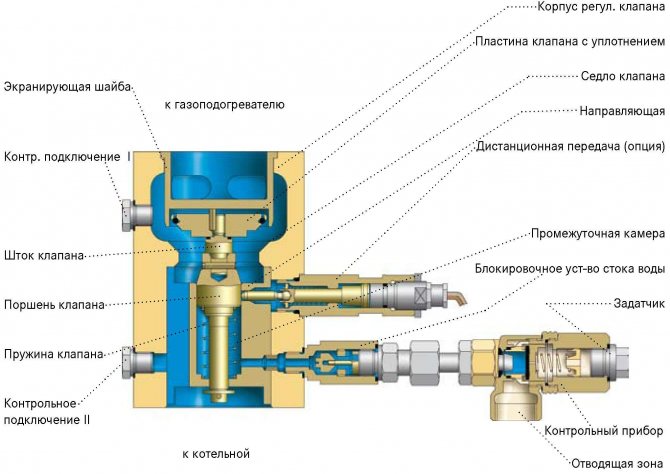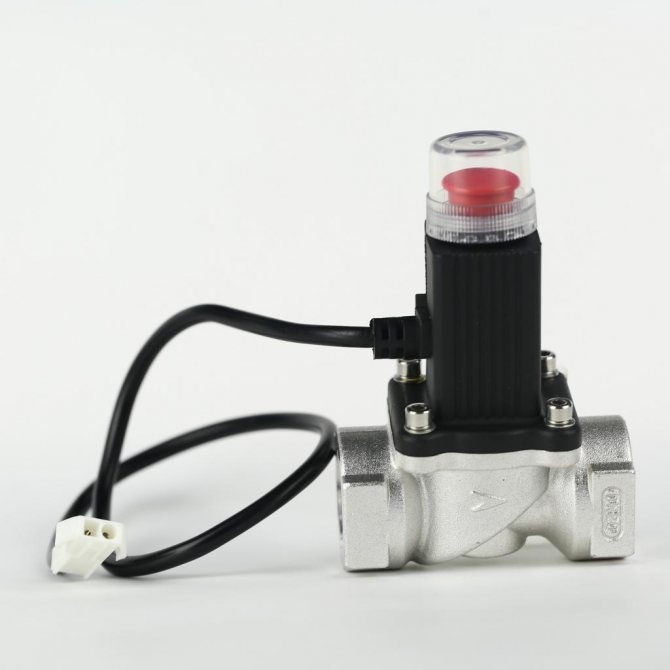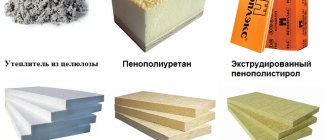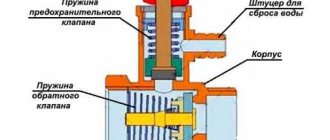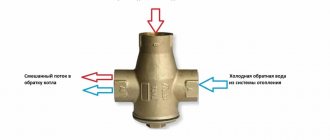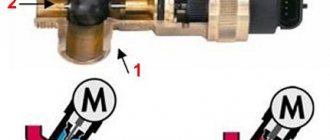Understanding a shut-off valve
The shut-off valve is installed to mechanically interfere with the free movement of liquids and gases through the pipeline. Stopping and emptying the line from the contents may be necessary due to leaks, depressurization, critical changes in temperature or pressure. That is, the content is either completely driven out of the site, or its movement is blocked.
Devices are installed on the mains with gases, oil products, hot and cold water. It can be both household utilities, gas stations, and more industrial-scale structures or, for example, a city heating network.
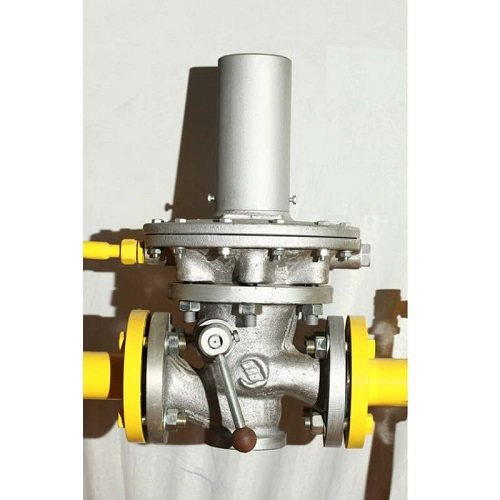
Stop valve
There are disposable devices that are equipped with replaceable valves or are subject to complete replacement after operation. They are usually made of plastic. Reusable metal equipment is in great demand due to its long service life.
Varieties of valves
Anti-flood systems with piston or diaphragm drive are available for sale. In addition, the device can be divided into several types:
- Angular
- Checkpoint
- Two-seat
- Single-seat
In addition to disposable check valves, there are also reusable devices. They are divided into several types depending on the method of closing:
- Valves closed by weight
- Spring loaded valves
- Pneumatic devices
- Units with solenoid valve


Design features
The device is based on a die-cast body, seat and cover. They are made of cast iron, galvanized steel, brass or polymer materials with high strength values. The second element is for installing the valve in the pipeline.
The shutter mechanism is presented as follows:
- spring that drives the device (shutter and return);
- the stem responsible for the dynamics of the valve;
- Absorbent pad to prevent condensation and leakage.
Electric or pneumatic actuators are responsible for triggering the device. The valve is controlled in two ways: manually by the operator or automatically. Without human intervention, triggering occurs, as a rule, due to built-in sensors.
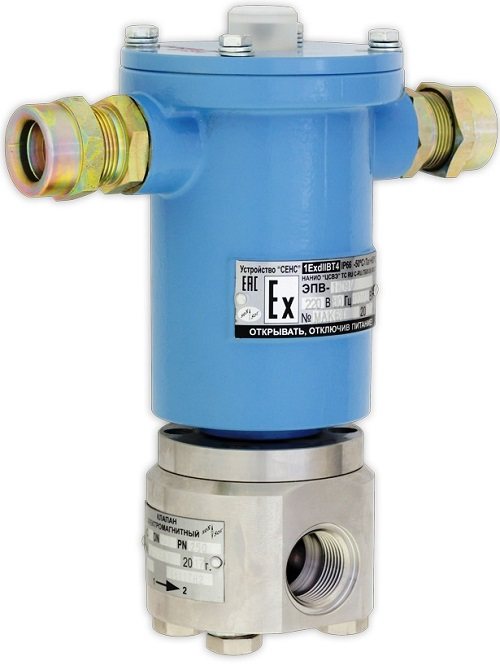

Device with sensor
The principle of operation of the disposable valve
The operation of the shut-off valve is based on the following principle. Liquid entering the valve spreads in it and falls on the absorbent pad. It, in turn, soaks and increases in volume, thereby raising the valve in the locking mechanism. A closed valve prevents water from entering the filter device. Thus, any leakage is prevented in a timely manner.
However, this unit is a disposable device. That is, after the gasket is wet and the locking mechanism is triggered, the old valve can be thrown out, and a new unit is installed in its place. But it should be borne in mind that leaks do not happen often, and in the event of a valve actuation, the costs of buying a new protective device are incomparable with the costs that could arise in the event of a leak and flooding of an apartment. Therefore, we can conclude that the cost of purchasing a shut-off valve is simply scanty.
Principle of operation
The functionality of the shut-off device is reduced to the fact that the content of the pipeline stops its movement in a specific section or along the line as a whole. In this case, a shut-off valve must shut off the flow quickly in order to minimize the risk of accidents. There are several reasons for their occurrence:
- violations of the technology of installation of the pipeline, filters;
- non-compliance with safety requirements;
- end of life of constituent components;
- various kinds of malfunctions;
- unexpected changes in pressure or temperature inside structures.
Devices equipped with special sensors are considered more practical. This is due to automatic operation for a short period of time (from fractions of a second to minutes). The speed depends on the characteristics of the sensors and the quality of the hardware settings. Trained service personnel are responsible for the latter.
Positive aspects of using a shut-off valve
Compared to valves, which initially performed the task of shutting off the movement of liquids and gases, stop valves are equipped with various kinds of automatic response mechanisms. It consists either in giving signals to operators, or directly blocking the free passage through the pipeline.
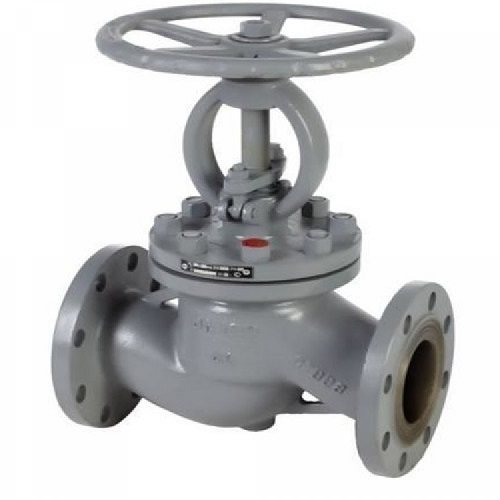

Shut-off valve
Today devices eliminate some of the disadvantages of prototype equipment. For example:
- due to mud flows and impurities, false alarms are excluded;
- more sealed housings are better able to handle small pressure drops;
- response speed is minimized to a few seconds.
In addition, modern shut-off valves shut off movement in both directions. And there are additional elements in the designs. For example, silicone spring washers or shims.
KEI valve
Impulse electromagnetic gas shut-off valves KEI-1-20 are intended for automatic shut-off of the gas supply. The process takes place in internal gas pipelines, as well as in gas equipment, and a message about excessive gas contamination will serve as a signal for triggering. For this, such devices can be directly connected to signaling devices, for example, to SGB-1, as well as to other units that, during operation, will generate an output pulse electrical signal.
Main types of devices
Pipe fittings differ in design and purpose. So, normally open devices are distinguished. They are responsible for dealing with flow in relation to traffic. Normally closed shut-off devices are usually manually operated and open in an emergency to release the contents of a tank or line.
Devices for water, oil products and gas are considered separately. The actuation can be carried out by means of a mechanical load, a spring mechanism, a pneumatic or magnetic drive. The devices are also different in characteristics, connection methods, work in one or two directions. And depending on the materials used, manufacturers offer disposable and reusable shutoff valves.
Angular
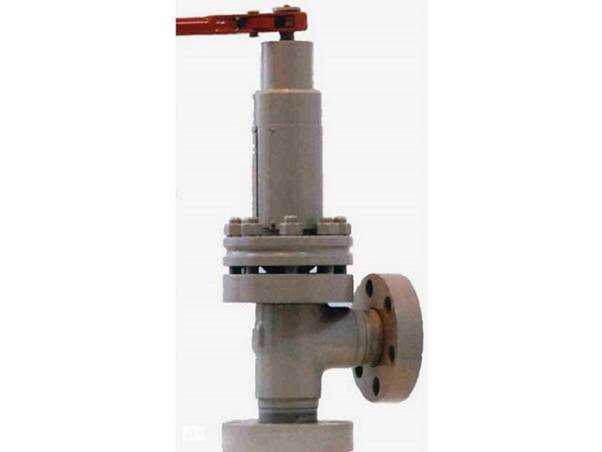

Angle valve
The field of application includes lines for liquid products flowing under high pressure. The equipment body is made of high-strength steel. The equipment has a piston hydraulic drive. The principle of operation is designed for incoming and dispensing movements.
Checkpoint
It is important to install a direct-acting shut-off valve in pipelines where there is a risk of leaks. The content in this case can be both clean and with impurities or impurities, bubble inclusions. At the same time, microparticles do not settle and do not accumulate in the nodal joints. With regard to materials, the main criteria are impact resistance, wear resistance and protection against corrosion damage.
Two-seat
This instrument has two seats and plugs. Installation is permitted on pipelines with large cross-sections and high pressure drops.Double-seated shut-off valves are used in explosive conditions and active chemical reactions.
Single-seat
Such a shut-off device is installed on pipelines of relatively small diameter. The same applies to the amplitude of low pressure drops. The device has a built-in plunger that blocks the flow in one direction.


Single seat valve
Auto
Shut-off valves of this type usually have a steam damper. It works within 1.5-10 seconds after a malfunction occurs. They are also characterized by durability and minimal susceptibility to deformation. For greater efficiency, devices are equipped with special controllers. They react to changes in pressure, temperature, in the composition of the content, which must remain constant.
The main task
The main task of the valve is clear from its full name: automatic discharge of air and other gases from pipelines and vessels filled with a liquid medium.
How do these same gases get there? Here are the main paths:
- Dissolved in the coolant:
this applies specifically to air. Ordinary cold water contains a considerable amount of this gas in dissolved form - about 30 g per 1 cubic meter. m. Often it is poured as a coolant without preliminary preparation, as a result of which all the dissolved air is inside the system. It is known that with increasing heating, the solubility of gases in liquids decreases. In accordance with this law, when the water is heated, air begins to escape from it. To prevent such a phenomenon, the water must be subjected to a special preparatory procedure before pouring - deaeration. It contributes to a significant reduction in the amount of dissolved air - up to 1 g per 1 cubic meter. m. In the same way, you need to prepare the water used for make-up. If ordinary tap water is used for this, which happens quite often, air will still accumulate in the system little by little. - When the system fills up quickly:
Experienced plumbers know to fill the heating circuit gradually, thus allowing air to escape naturally. It usually takes several hours to refuel a branched system within one floor, while the coolant must be poured from below. If you neglect this rule and fill in the coolant faster than it should be, a fair amount of air will remain inside. - Through the walls of polymer pipes:
some brands of polymer pipes, for example, cross-linked polyethylene, do not have an anti-diffusion coating. As a result, their walls allow air to pass through. It is clear that it will gradually accumulate if such pipes are mistakenly used in the heating system. - When performing repair work
, especially related to the dismantling of equipment. - When the system is depressurized.
- Due to corrosion.
In this case, we are not talking about air, but about hydrogen. It is released from a water molecule when the oxygen present in it reacts with iron (recall that corrosion is the oxidation of iron and other metals). The volumes of hydrogen evolution are quite noticeable: with rusting 1 cu. cm of iron from water 1 liter of this explosive gas is formed.
Disassembled air vent for heating system
Hydrogen and oxygen are emitted especially actively in aluminum radiators. The fact is that aluminum plays the role of a catalyst that promotes the decomposition of a water molecule into gas components.
For this reason, it is forbidden to smoke and use open flames near the air vents installed on such devices. In bimetallic radiators, this phenomenon is also observed, although to a much lesser extent.
Isolation Valve Selection Guide
One of the main criteria is the speed of response of the device. Especially if the flow of liquid or gas occurs under high pressure.However, this is not the only parameter. The following is also important:
- Application area. This concept hides the flowing substances, their composition, the degree of aggressiveness.
- Operating conditions include pressure and temperature.
- Throughput refers to the cross-section of the line.
- Tightness. The reliability of the equipment depends on this indicator.
- Durability affects the durability of the devices.


Cast iron valve
When choosing a shut-off valve, consideration is given to the design and action in one or two directions. With regard to materials, not only the body is considered, but also gaskets, oil seals, seals.
Check valve selection
When buying a water check valve, you need to pay attention to the material from which the valve is made: quality valves are made from CW617N brass.
Also look at the valve markings:
- The maximum working pressure is designated with the letters RU or PN. For example: RU-20: means that the valve can withstand a maximum pressure of 20 bar. The normal pressure in the water supply system of an apartment is considered to be a pressure not exceeding 6 bar for cold water and 5 bar for hot water.
- The nominal diameter is marked with the letters DN or DN. For example: DN-20. This parameter must correspond to the similar parameters of all neighboring elements,
to prevent unnecessary loads and reduce the pressure in the system.
Shut-off valve installation rules
The installation of the shut-off device is carried out according to the manufacturer's instructions. Self-installation is allowed only on the water supply system in the private sector. In this case, the warranty service and the operation of the device may not correspond to the declared one due to the inexperience of the installer. Therefore, it would be right to entrust the work to specialists.
Mount gate valves in accessible places for maintenance or replacement of equipment. At the same time, areas in which stagnation and hydraulic “bags” can form should be excluded. There are also rules regarding the location:
- on vertical tanks, the upper bottom is considered (or on a helmet tube);
- on horizontal - in the vapor phase zone (upper generatrix of the cylinder).
An important point is the elimination of freezing of the contents of the pipeline in the nodal connections. And the cross-section of the branch pipe should be 1.25 times greater than the total analogous indicator relative to the valves installed on it.
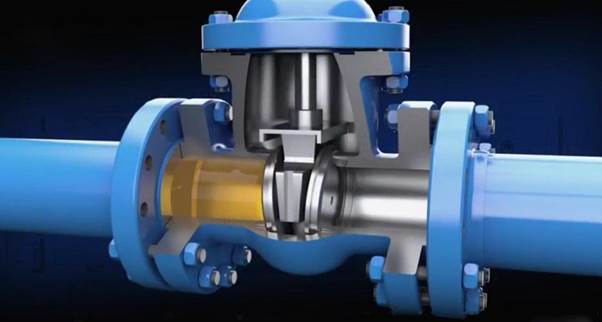

The ratio of the diameter of the pipe and valve
Operational advice
It is prohibited to use equipment to regulate the flow of the content of the line. Therefore, the valves must be in the fully open or closed position. During installation and maintenance, it is important to exclude any clogging of the inner surface of the case and the ingress of foreign objects. Operation is feasible only in strict observance of the instructions; any other purpose is unacceptable.
Moments related to safety are spelled out in GOSTs 12.2063-2015 and 32569-2013, in the norms established by such organizations as Rostekhnadzor, the Customs Union, the Eurasian Commission. It is also important to use personal protective equipment. And only trained specialists with permissions are allowed to service devices, replace them.
Shut-off valves are widely used due to their intended purpose. Thanks to these devices on the highways there is a chance to localize the consequences of problems, correct them and put them back into operation. This is true both for utility networks and large-scale pipelines.

